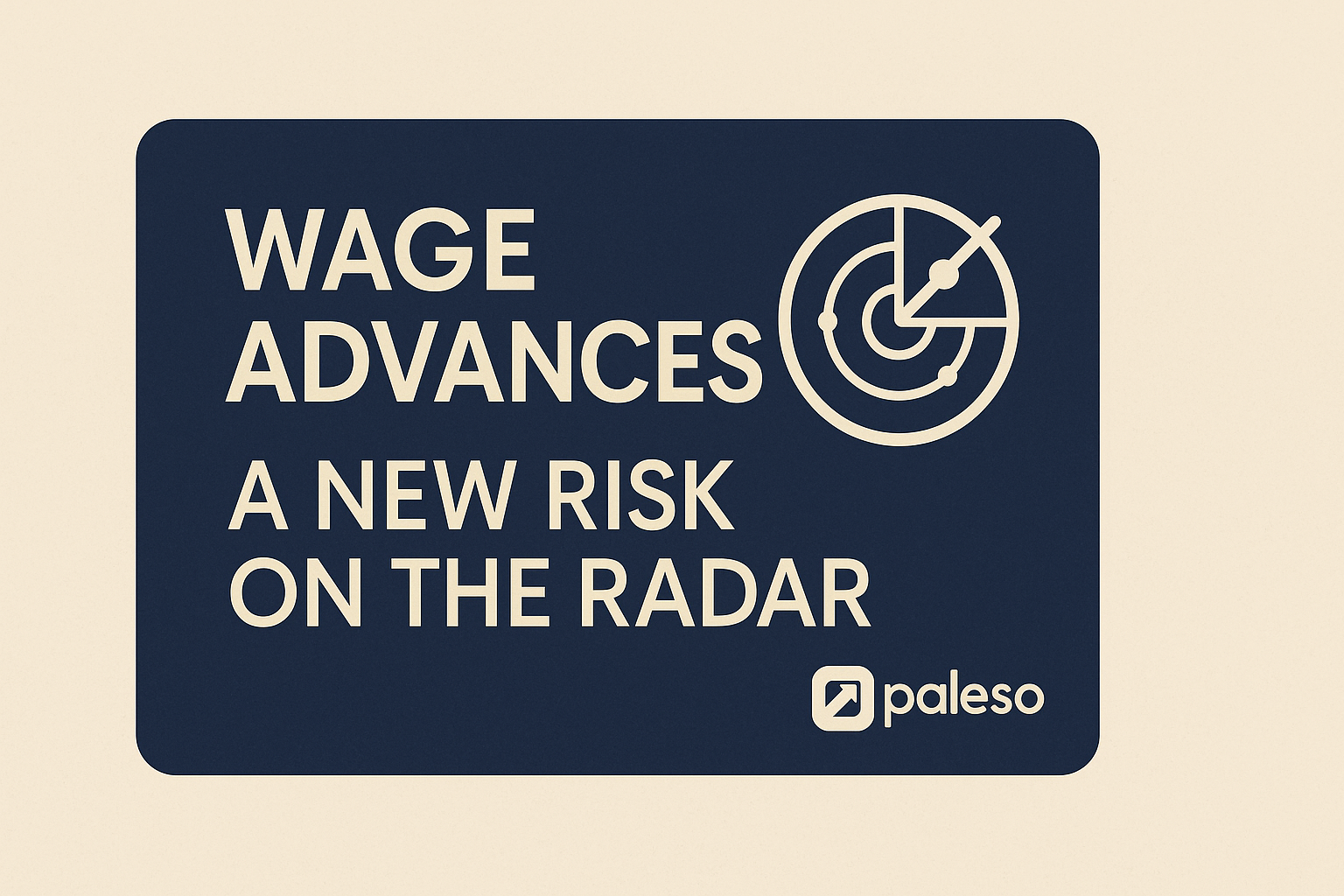Step 1. Decide what sort of car you want
Make a short list
Have a look at the cars on the road as you're driving around and ask your friends about their cars. Work out what style you would like -a hatchback, SUV, a dual cab ute, a station wagon, a 4WD or a sedan.
Set yourself a firm budget
New car prices vary enormously ranging from $13,000 to over $200,000 plus. Once you've set your budget, your short list will be more useful. If you're unsure what you can afford talk to us about a pre-approval before setting your budget.
Research
Go online to have a look at the features that are important to you. This may include fuel economy, hybrid technology, storage compartments, safety features and comfort features. Use sites like Carsales.com.au to see what prices cars are actually advertised rather than relying on the RRP on the manufacturers website. Cars always incur extra costs like dealer delivery, stamp duty and registration that can add up to thousands and blow out your budget. Sometimes cars are cheaper than you expect with factory bonuses and specials, and keep a keen eye out for Demonstrator specials as well, they can help you save thousands! And remember, the advertised price is always negotiable.

Step 2. Consider all the features you need in a family car.
Here are just a few examples of things to look for, you know yourself better than anyone - what do you need in a vehicle?
Boot Space
How easy is it to get a pram in and out of the boot? How much space is left with the pram in there? As prams can vary enormously in size take your pram in with you, don’t just guess. A tip is buy your pram first and then the car so you don’t end up with a car that doesn’t suit your needs!
Child Seat Anchorage Points
Most cars will have 3, with some people movers having up to 5. Also, see where they are located. Some are towards the back of the boot, which means that the seat straps can interfere with boot space.
Storage Compartments and USB Points
You can never have too many spots to put your things or charge your devices. There's an even greater need when you've got kids.
It's great to have somewhere to put some spare nappies/wipes for emergencies or backseat pockets and door pockets for your kid's books and games. Drink holders also come in handy. Some cars will have them in the front and rear!
Car Size
This is a dilemma for many. Going from a small hatch to an SUV or station wagon can be a big step. But do you really need a car that big?
One of the most important aspects is that you are comfortable in the driver's seat and have good visibility out of the front, side and rear windows. If you are looking at a bigger car, try reverse parking and parking it in a shopping centre car park.
Also consider how many children you are planning to have and over what time frame. On average, people in Australia keep their car for about 5 years. If you are planning 3 children in a short space of time, a larger car may be more practical.
Keep in mind as well, some of the bigger vehicles like Landcruisers, Patrols and Ram Trucks don't fit in all modern garages! Best to check before you get it home and find out the hard way.
Safety Features
When you're carrying around your precious cargo, safety becomes a priority. Here are some features worth considering.
i. Airbags. Front, side, knee and curtain airbags.
ii. Anti Lock Braking System (ABS). Helps the car to stop sooner and gives you some driving control under heavy braking conditions.
iii. Electronic Stability Program (ESP). Senses when the car is "out of control" in heavy cornering and helps to correct the car's direction.
iv. Reverse Parking Sensors. An audible sound when reversing indicating that something is behind the car.
v. Reverse Parking Camera. A camera mounted on the back of the car with a screen in the front dash/console showing what is behind the car.
vi. Seat Belts. Check how many seat belts there are in the car and that they are all 3 point seatbelts. (Some vehicles still have a lap seatbelt in the centre rear seat).
vii. Child Locks on Doors and Windows.
viii. Cargo Barrier/Net. Helps to prevent items in the boot of a station wagon or SUV from flying forward whilst driving.
Step 3. Arrange a pre-approval for your finance.
Ok so you have narrowed your short list down to a couple of cars of interest. Before you go test driving, arrange for a pre-approval of you car finance. This is a vital step for two reasons - 1. It ensures there are no nasty surprises like repayments far higher than you were expecting after you have fallen in love with a car, and may have your decision swayed and secondly it enables you to better negotiate with the dealership once you have settled on a car, as you know exactly what you can spend and there will be no issues obtaining that amount of money.
Step 4. Go to the dealership.
Test Drive
Dealerships may not always have the exact model you want for a test drive, so it is good to book an appointment. There's nothing worse than getting in there with the kids and there's no car to drive!
Take Kids Or Not?
If you've got kids and are going to take them with you, bring your car seats so that they can join you on the test drive. Some dealerships have play areas and activities for kids, to allow you time to discuss your needs with a sales consultant.
What Day Is Best?
Dealerships are the busiest on the weekend and you may have to wait for service. If you can, test drive during the week.
Last Tip
Purchase a car as close to month end as possible. It is no secret that sales consultants will bend over backwards to secure as many sales prior to the end of a month which can only mean you get a better deal.








